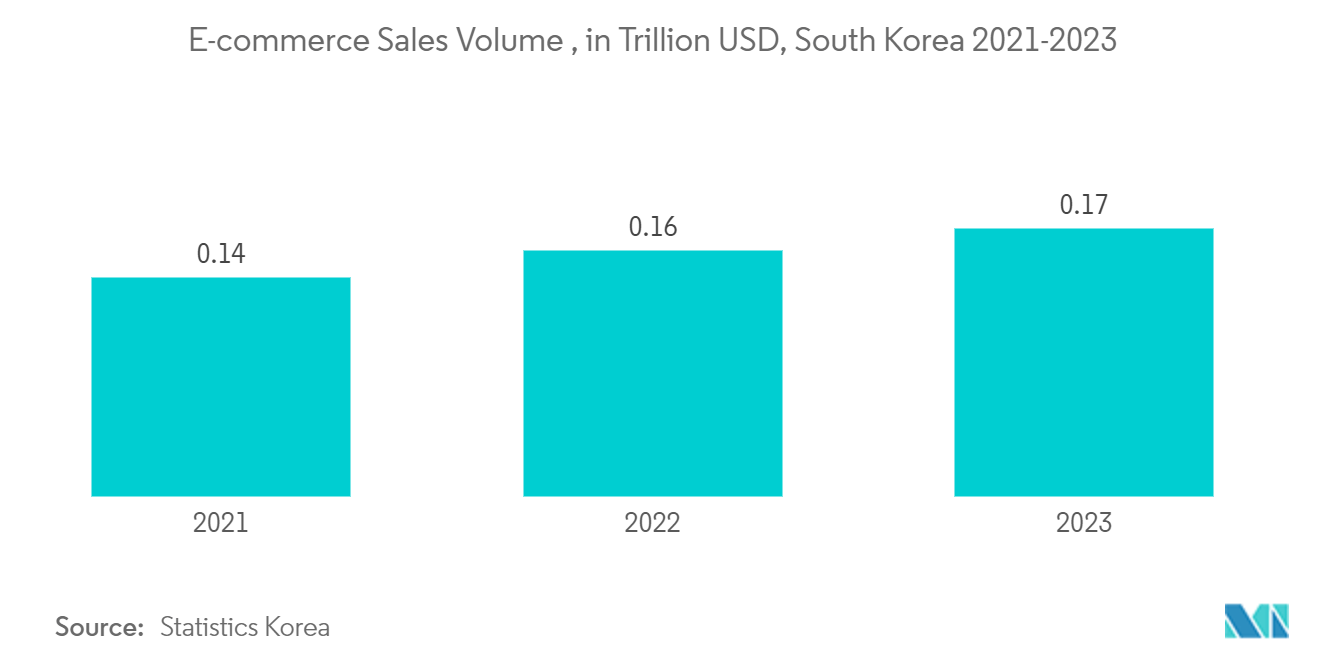Market Trends of South Korea Self-Storage Industry
Personal Segment: Dominant Market Share
Personal storage needs remain the dominant driver of the South Korean self-storage market, holding 64% of the market share in 2021.
- Space Constraints and Urbanization: With 81% of the population living in urban areas, including 16,000 people per square kilometer in Seoul, shrinking living spaces drive the demand for self-storage. Rising real estate prices, as seen in a Gallup Korea study where 57% of respondents expect prices to rise, also push consumers to seek affordable storage options.
- Seasonal Storage: Personal storage also sees increased use for seasonal items such as sports equipment. Skis, golf clubs, and other seasonal goods are commonly stored in off-seasons, adding to the market’s growth trajectory.
- Technological Enhancements: Online reservations, electronic access systems, and climate-controlled units are becoming more prevalent, enhancing customer experience and contributing to the steady growth of the personal segment.
- Flexible Work Arrangements Impact Storage Needs: The rise in remote work has also influenced the demand for personal storage. With over 3.5 million workers using flexible work arrangements, decluttering home spaces has become a priority for many, spurring the need for additional storage solutions.

Business Segment Witness the Major Growth Trajectory
- Business Segment: Rapid Growth Trajectory While the personal segment dominates, the business segment is experiencing rapid growth.
- Economic Pressures: The business segment accounted for 36% of the self-storage market in 2021, up from 32% in 2019. Economic pressures, including rising costs, have driven businesses to seek flexible, cost-saving storage solutions.
- E-Commerce Boom: The rise of e-commerce is a significant driver of the business segment. Small and medium-sized enterprises use self-storage facilities to manage inventory and streamline order fulfillment, contributing to the rapid growth of this market segment.
- Reshoring Initiatives Impact Storage Needs: South Korean corporations are increasingly reshoring operations back to the country. Approximately 28% of major corporations reported considering reshoring in 2022, up from 3% in 2020. This trend is expected to fuel demand for business storage solutions as companies manage inventory and equipment during the reshoring process.


